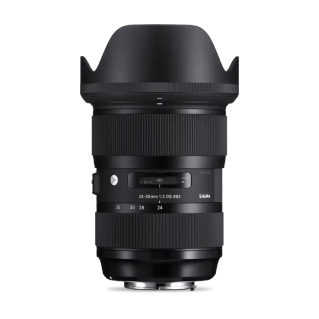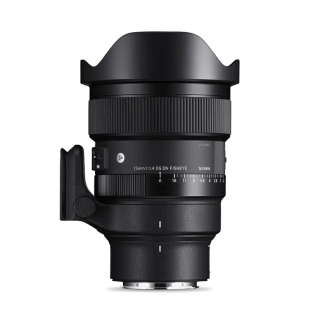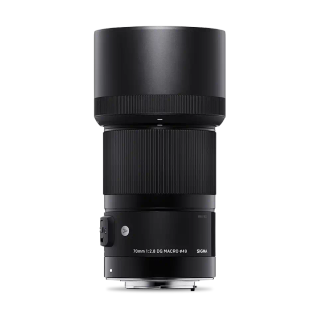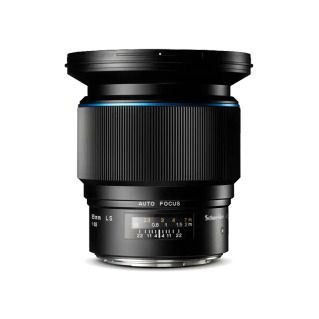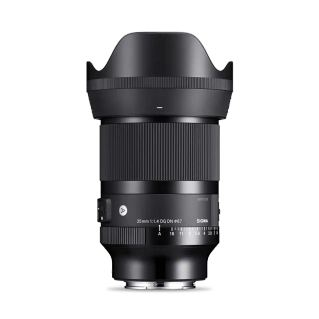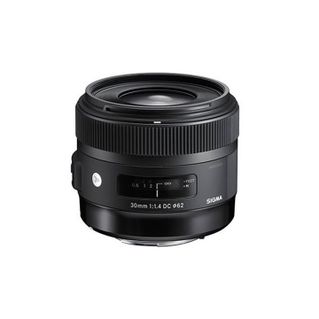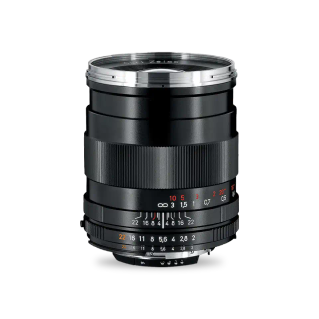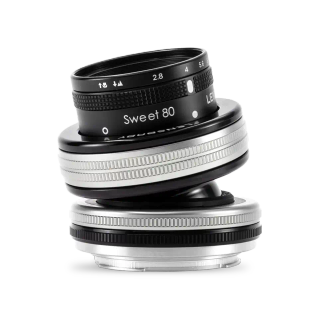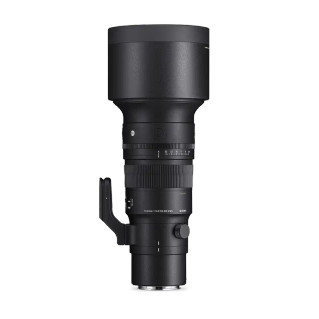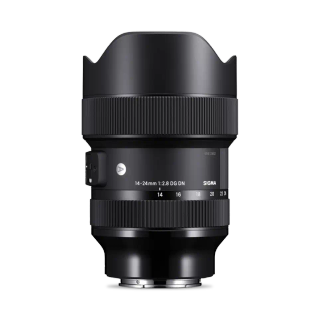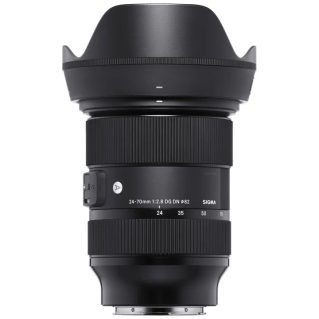Ordering this item will place it on Backorder
What does this mean?
If you order an item we do not have in stock it may take a period of time for us to receive the product from our suppliers and ship it to you as explained further below
ETA: dd/mm/yyyy (From time of order)
The product is not currently in stock however our best estimate of the date we are due to receive more stock is indicated by the date shown. This does not guarantee all orders placed will be able to be fulfilled from the stock we are receiving on this date but is the best date we are able to provide as an estimate.
All displayed dates are subject to change without notice.
Also note once we receive stock it may take a number of days for this stock to be sent to our customers
 No coupon codes required. Discounts already applied.
No coupon codes required. Discounts already applied.